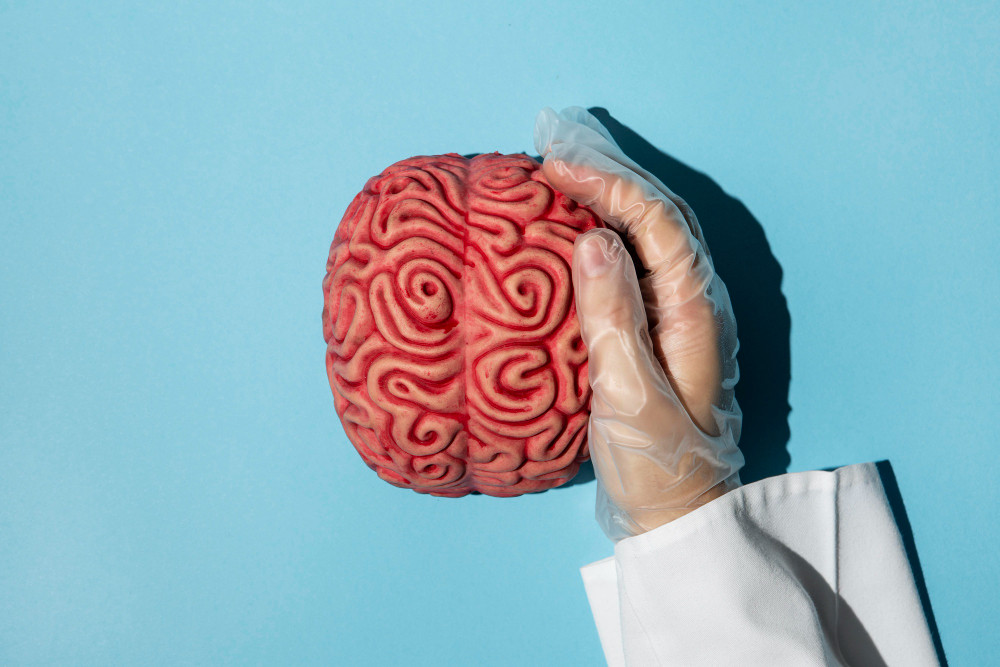A brain hemorrhage occurs when a blood vessel in the brain ruptures, causing blood to pool between the brain and the skull. This is a medical emergency that requires immediate and proper treatment, as it can be life-threatening.
What causes a brain hemorrhage?
A brain hemorrhage, also known as a hemorrhagic stroke, intracranial hemorrhage, or intracerebral hemorrhage, happens when a blood vessel in the brain suddenly bursts or leaks. This increases pressure on the brain, depriving brain cells of the oxygen and nutrients they need to function properly. Without enough oxygen, brain cells can begin to die within just 3–4 minutes, making this condition a medical emergency.
Some common causes of brain hemorrhage include:
- Head trauma: Injuries, particularly those caused by accidents during sports or driving, are the most common cause of brain hemorrhage in people under 50
- Uncontrolled high blood pressure: Prolonged high blood pressure can weaken blood vessel walls, increasing the risk of a rupture
- Aneurysm: This is a swelling or bulging of a blood vessel due to a weakened wall, which can lead to a rupture
- Arteriovenous malformations (AVMs): These are abnormal connections between arteries and veins, often present from birth, which can lead to hemorrhage if they rupture
- Amyloid angiopathy: Often associated with aging and high blood pressure, this condition can cause small, unnoticed bleeds before leading to a more significant hemorrhage
- Blood disorders: Conditions like hemophilia and sickle cell anemia can reduce the number of platelets, which are essential for blood clotting
- Liver disease: Liver conditions can increase the overall risk of bleeding
- Brain tumors: Tumors can distort and weaken blood vessels, increasing the risk of a hemorrhage
Who is at risk?
While brain hemorrhages are more common in people over 65, they can affect anyone, including newborns and young adults. Certain factors can increase the risk, including:
- High blood pressure (hypertension), especially if it’s uncontrolled
- Drug abuse, particularly stimulant drugs like cocaine
- Smoking or tobacco use
- Bleeding disorders or the use of blood-thinning medications (anticoagulants)
- Pregnancy and childbirth complications, such as eclampsia, postpartum vasculopathy, or neonatal intraventricular hemorrhage
- Other medical conditions that affect blood vessel health
Recognizing the symptoms of brain hemorrhage
Symptoms of a brain hemorrhage can vary depending on the location and severity of the bleed, as well as how much and which part of the brain is affected. Symptoms usually appear suddenly and can worsen over time.
Common symptoms include:
- Sudden, severe headache
- Sensitivity to light
- Seizures without a prior history
- Weakness in the arms or legs
- Nausea or vomiting
- Vision changes (like double vision or blurriness)
- Drooping eyelids
- Stiff neck
- Difficulty breathing
- Irregular heartbeat
- Tingling or numbness
- Difficulty speaking or understanding speech
- Difficulty swallowing
- Difficulty writing or reading
- Weakness in fine motor skills
- Dizziness
- Loss of balance
- Fainting
Many of these symptoms can be caused by other conditions, so it’s crucial to seek emergency medical attention immediately if they occur.
Early treatment can significantly increase the chances of recovery and minimize the risk of permanent brain damage or paralysis. If you are concerned about the risk of a stroke, you should consult a doctor. You can also make use of the consultation features that are available in the Ai Care application by downloading the Ai Care application from the App Store or Play Store.
Looking for more information about other diseases? Click here!
- dr Nadia Opmalina
Wright, S., Booth, S. (2024). Brain Hemorrhage: Causes, Symptoms, Treatments. Available from: https://www.webmd.com/brain/brain-hemorrhage-bleeding-causes-symptoms-treatments
Felman, A. (2019). What to know about brain hemorrhage. Available from: https://www.medicalnewstoday.com/articles/317080
Cleveland Clinic. Brain Bleed, Hemorrhage (Intracranial Hemorrhage). Available from: https://my.clevelandclinic.org/health/diseases/14480-brain-bleed-hemorrhage-intracranial-hemorrhage
Higuera, V. (2023). Hemorrhagic stroke: What to look for and how to prevent it. Available from: https://www.medicalnewstoday.com/articles/317111












